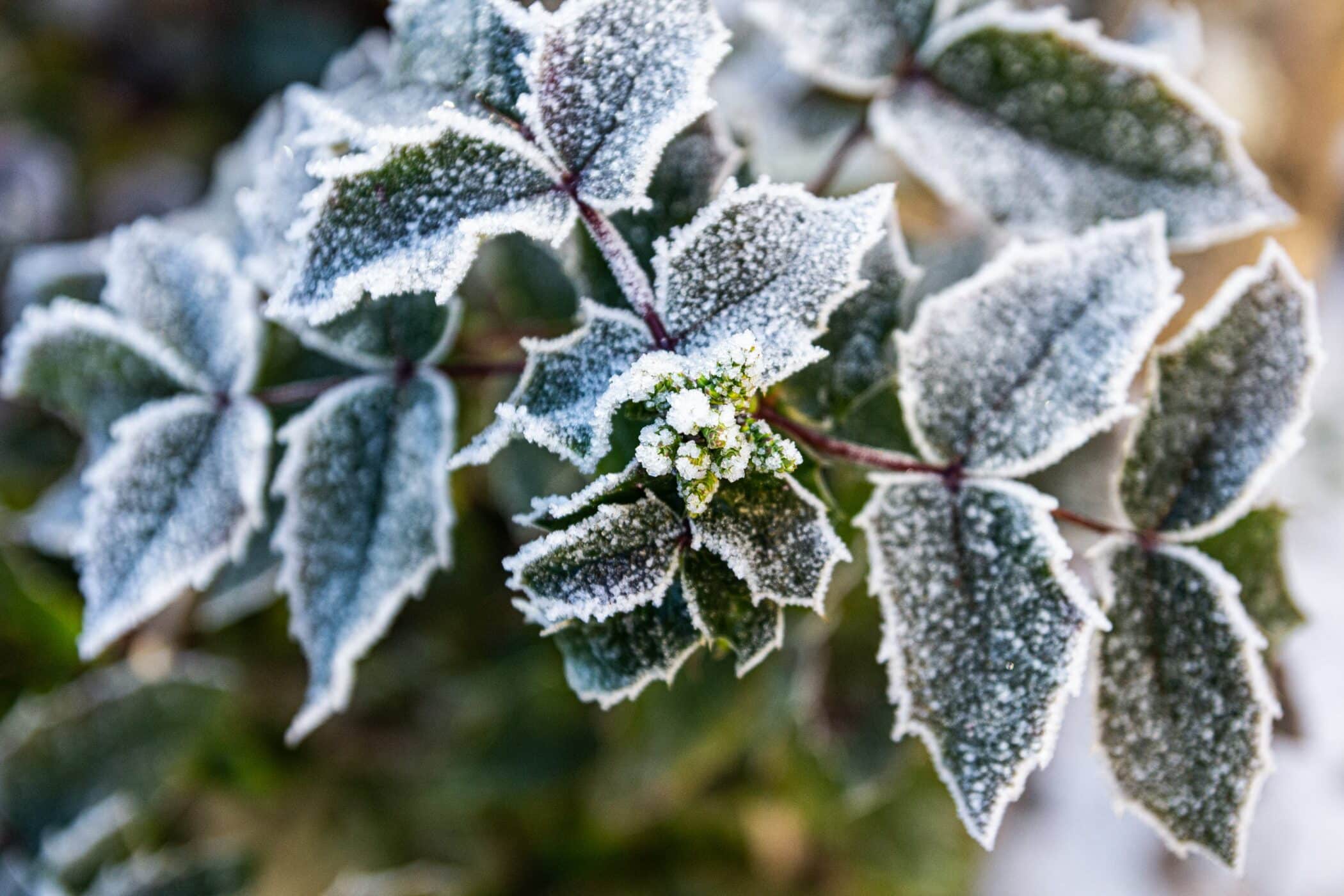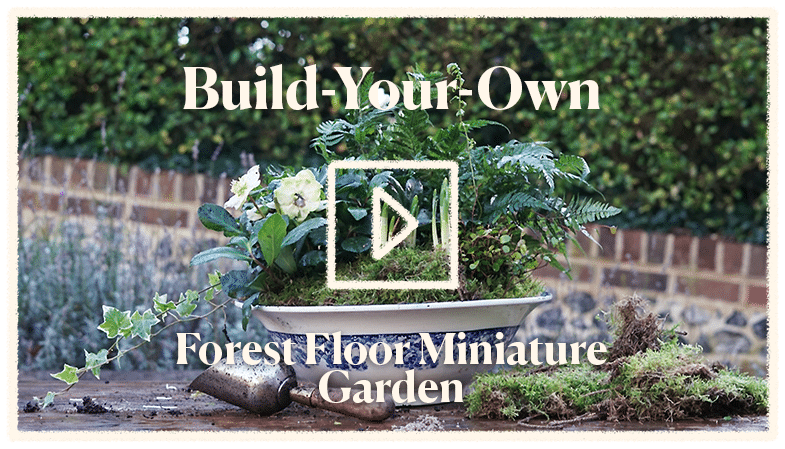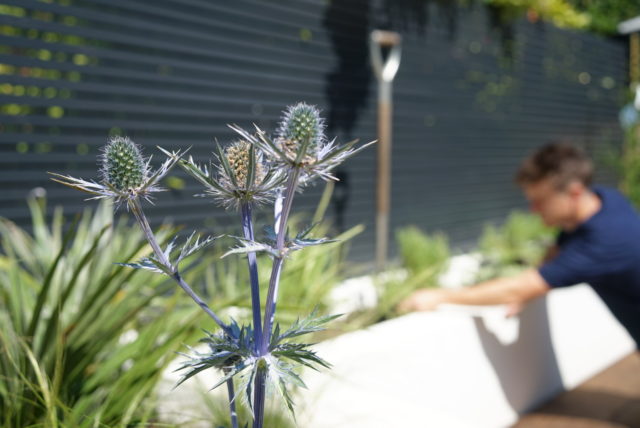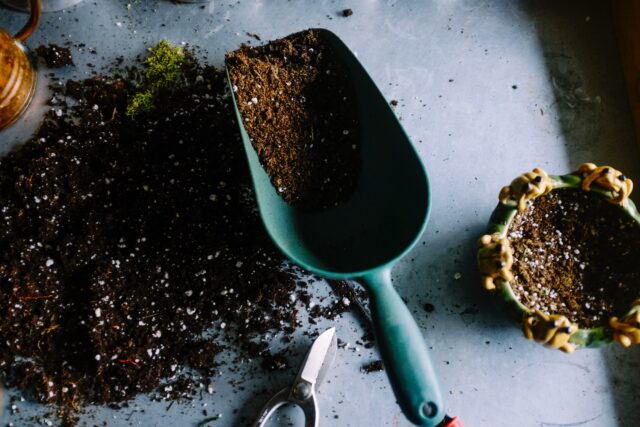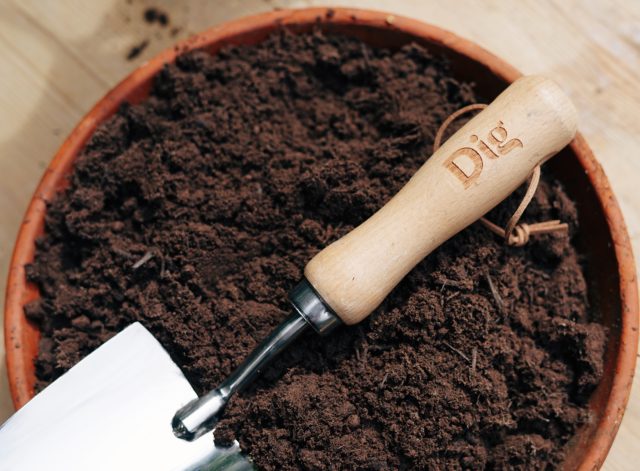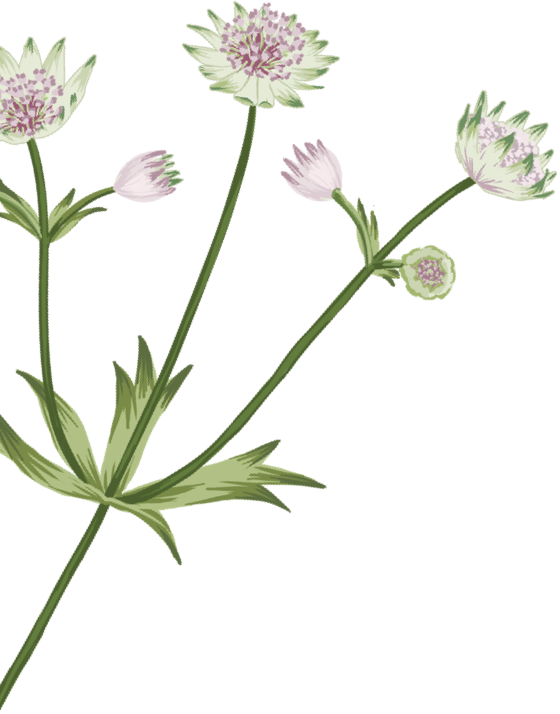Plan ahead
It’s getting a little late in the season but with increasingly warmer weather you might still have time to plant a few tulip bulbs – especially if you’ve been able to get some discounted end-of-season ones. A good general rule we like to apply when it comes to gardening, especially at the more affordable end of the spectrum, is that is worth a shot!
In anticipation of any frosts, ensure to move delicate plants such as citrus trees in pots either into frost-free sheltered areas or even indoors.
If you’re thinking about growing plants from seeds, now is a perfect time to sit and research what you’ll need to sow when. Whether vegetables or blooms, winter is a great opportunity to take a notebook, pop the radio on, and think ahead to what you’d like to add to your garden in the spring. Once the planning is done, you can get your seed orders in from respected seed providers like Thompson & Morgan.
Celebrate the season
Plant out winter flowering and colourfully leaved plants such as Hellebores and Heucheras. These wintry mainstays are fabulous additions to our garden at this time of year. Hellebores will flower through winter with their pastel blooms and Heucheras will add verdant greens and rich purples to the undergrowth before they explode with tall, bee-magnet flowers in spring.
With berries, foliage and even a few winter blooms knocking about, it’s a perfect time of year to make a festive wintry display. Arrange them in a vase to bring a bit of the outdoors inside. They will also brighten things up once all of the Christmas decorations have been taken down in January.
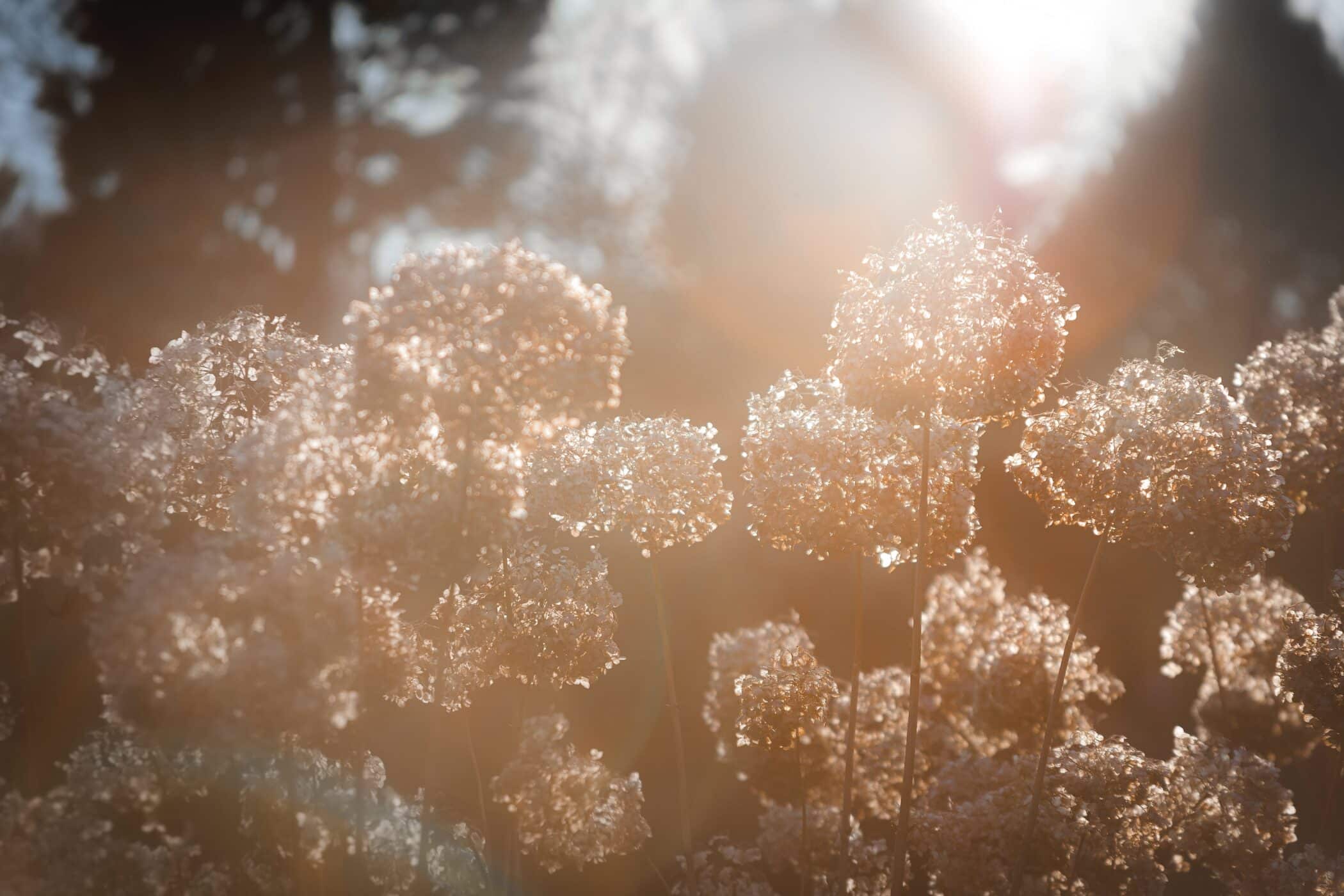
Mindful manicuring
It’s a good time of year to prune back more unruly plants. We have a helpful beginners guide to pruning here. When pruning think about whether there are any plants that might also be attractive if left untouched or partially pruned. Dead branches, dry flower stems and seed heads all have their part to play for wildlife and the surrounding eco-system. Finding the right balance for your outdoor space takes time but it’s worth remembering that many plants once dead and dry continue to look very attractive in a winter garden.
Protect and serve
- Give all your tools a good clean and sharpen at this time of year. Clean, sharp tools mean clean, neat cuts when it comes to pruning, reducing the risk of rot, and spreading of any disease. 3 in 1 oil from any good hardware store is perfect for gardening tools. Make sure to oil the moving parts and give all exposed metal a good rub down with an oily rag.
- Check on your pots. Although there is much less watering needed in winter, it’s a good idea to check moisture levels regularly to ensure anything hibernating under the surface has a little moisture to sustain it. Don’t overwater though as this can potentially risk saturation and even rotting. It’s a good idea to keep pots on saucers so that you can easily check for and remove excess water.
Beneath our feet
Our garden designer Fabienne chose a greater focus on soil as one of her gardening trends for 2024 in this article. There are a few basic steps you can take to improve soil health both to ensure a health growing medium for your plants and to look after the ‘invisible helpers’ that inhabit it.
- Mulch soil over winter. This will feed it with nutrients and protect more delicate plants over the colder months. Whether compost, bark chippings, leaf mould or manure, a good layer of mulch at this time of year is a must for any soil-conscious gardener.
- Reducing digging. If you’re considering adding a few plants over the winter, try to reduce the amount you dig your soil over. No dig gardening has increased dramatically over the last few years, as we learn more and more about the infrastructure beneath our feet. There will of course be plenty of occasions when digging is absolutely necessary but remembering that every time we dig, we subsect an eco-system means we can remain conscious of the amount to which we churn our soil – helping protect the biodiversity below ground as well as above it.
Plant a winter display
Whether indoors or outdoors, planting up a winter pot can be immensely satisfying and breathe a bit of fresh air into any outdoor space, or even dining table. Take a look at this helpful video on how to put one together. This guide is designed for an indoor display but the same rules apply for outdoor – just ensure to choose plants such as ivy, ferns, cyclamen and spring bulbs that will be able to handle the cold. To make your display look particularly wintry, add a few pine cones for a bit of festive flair.
Optimise your ornithology
- Ensure bird feeders are topped up to keep our feathered friends and useful pest controllers energised through the cold weather.
- Make sure bird feeders are clean too – it’s a good idea to give your feeders a clean in warm soapy water every third top up to reduce the risk of disease and mould
- If you’re starting out with a feeder, you can’t go wrong with peanuts or sunflower seeds. They’re high in energy, easy to get hold of, and most standard feeders will take them.
- If you want to attract goldfinches, try Nyjer seeds. They’re very small and as such require a special feeder but are beloved by glorious goldfinches and will soon invite flocks of them to your outdoor space
The collective noun for goldfinches is a charm of goldfinches. How nice.
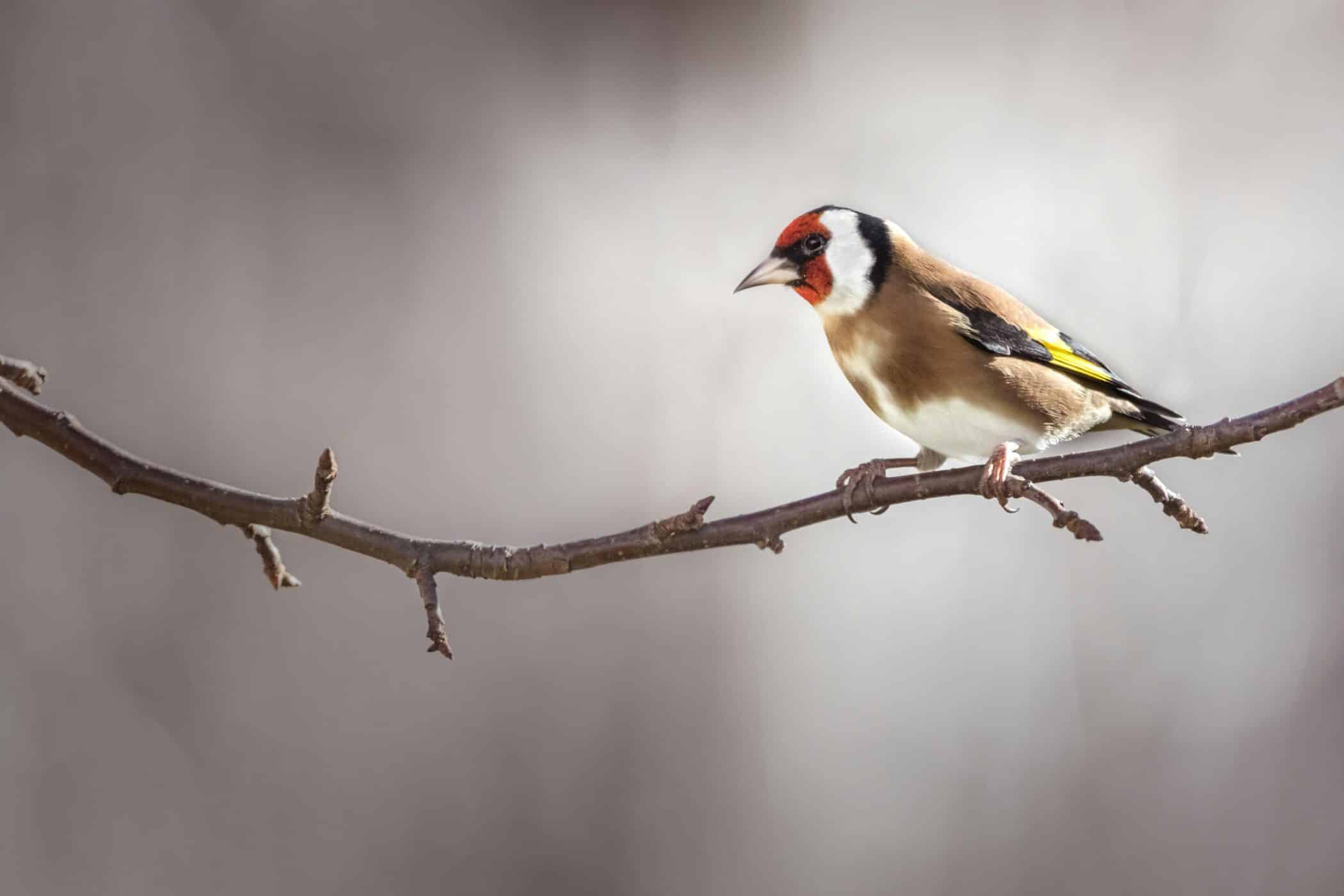
Layer up!
Gardening in the cold is no mean feat and requires appropriate attire! Treat this as an opportunity to treat yourself. Whether it’s warm boots, hardy gloves, a new hat perhaps, or a down jacket, you’ll need all of this if you intend to do any extended gardening over the festive period. If you’re lacking inspiration, we have a few ideas for hardy garms for gardeners in our festive gift guide here.

